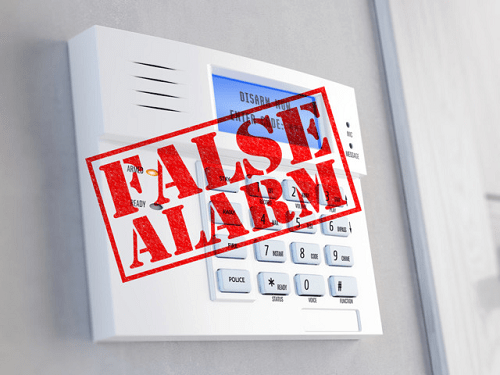
10.8.19 – SSI
The advancement of analytics and AI is enabling integrators and customers to proactively reduce false dispatches.
Building owners understand the value of security systems – they offer critical benefits, such as deterring intruders and protecting people, places, and assets from potential security threats. False alarms, though, have become a costly problem for many industries and a nuisance to first responders. To overcome this, building owners, managers and security professionals are forced to add incremental staff, pay fines and implement disruptive policy changes to their business.
Luckily, with the use of advanced technologies, vast amounts of data and domain knowledge, professionals are now able to cut through the noise of false alarms and identify real risks to their businesses. Leveraging cloud-based analytics, AI and machine learning can help process data more effectively to identify alarm patterns and provide recommended actions to prevent future false alarms – thus reducing costs, minimizing business disruption and improved effectiveness of a security system.
The Risks of False Alarms
It is been estimated that more than 90 percent of notifications from alarm systems are false alarms, costing businesses more than $3.2 billion annually and countless police man-hours. While false alarms can be a pain point, they can also give businesses valuable information about potential security problems within their buildings – whether that is an outdated system requiring maintenance or human behavior that needs to be corrected. When these nuisance alarms are left unaddressed, they can quickly escalate to a significant problem for enterprises.
The risks to a business go beyond the immediate cost of response. False alarms can actually cause security systems to overload, increasing the possibility of downtime, compromising facility security and requiring extensive repairs. In addition, the nuisance of false alarms constantly eats up security managers’ time and focus, preventing them from addressing bigger and more complicated issues that can impact the overall safety of occupants and assets. Operational efficiency can be placed at risk as an increasing number of resources must be directed to addressing them. For a large enterprise, this can negatively affect the bottom line. In a hospital, this could put patients’ lives at risk.
These security incidents are also affecting local governments. Critical public resources – including first responders – are being diverted to false alarm responses. The situation has become so detrimental to these local administrations that they are actively working to create legislation to penalize and fine businesses and private residences for false alarms.
One of the greatest risks false alarms pose is complacency. As the number of false alarms in a building rise, employees, managers and even emergency responders are less and less responsive to them, as they naturally expect them to be false. It becomes far too easy to respond without urgency, or even simply ignore them.
AI to the Rescue
Reducing false alarms requires innovative, data-driven solutions, including AI, analytics and machine learning that can sift through security system data to uncover problematic alarm activation patterns, enabling building managers to address them swiftly and effectively. With machine learning integration, security systems can learn over time to identify nuisance alarms themselves, requiring less time and attention from building owners and security professionals.
AI and machine learning integrations can even recommend actions to reduce false alarms, such as replacing faulty panels or changing behavior patterns of occupants continuously triggering the system, based on the large volume of data they gather. These identify areas of a building that have high false alarm activity and risk and can track corrective options to improve a customer’s operational cost reductions.
Existing security solutions and sensors can be integrated with remote monitoring capabilities, enabling facility managers and security providers to address false alarms remotely, saving time and resources. Additionally, this implementation of advanced technologies will enable public and private resources to be used more effectively to address actual threats.
David Budzinski is VP and GM of Global Midmarket Buildings, Digital Solutions for Johnson Controls. Request more info about the company at www.securityinfowatch.com/10547368.
